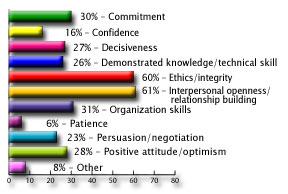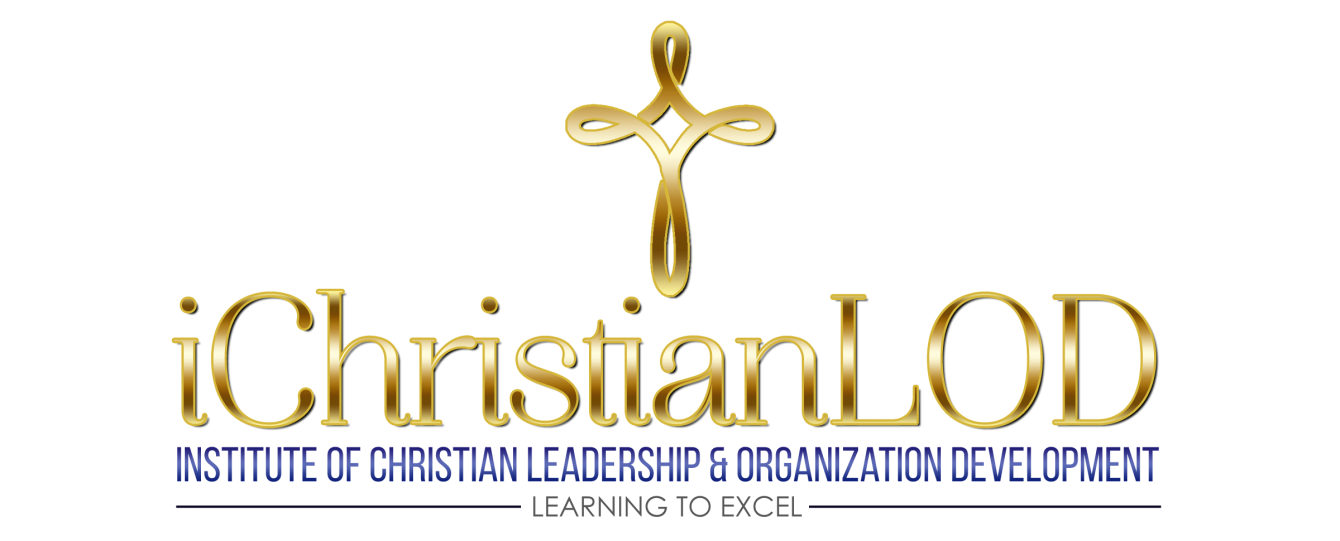Five Characteristics for 21st-Century Leaders
 Characteristics of learning leaders
Characteristics of learning leaders
There are five characteristics learning leaders of 21st-Century organizations must possess to be successful: perception and insight, motivation, emotional strength, cultural innovation, and participatory influence.
Perception and insight
Cultural assumptions are unconscious beliefs and values that are shared by the members of an organization that determine behavior, perception, thought, and feelings of the members of that organization. Because they are unconscious, the learning leader must learn to be perceptive in understanding the concept of cultural issues. This includes how to analyze, impact, and/or change the dysfunctional elements of a culture. Driskill and Brenton (2011) explain that cultural elements are not the culture itself; they only create the culture and reveal it. This means that the leader must possess the skills to observe cultural elements, which could be symbols, stories, values, artifacts, rituals, or rules, and discern insightful meanings as to what those elements say about the underlying assumptions of its members, how those assumptions are manifested in the attitudes of its members, and the impact of those assumptions on the success or failure of the organization. Driskill and Brenton call these elements, “surface manifestations of culture that offer insights into deeper layers of assumptions and values” (Driskill, Brenton, 2011, p.41).
Motivation
Learning leaders must be self-motivated purpose-driven people, motivated by their commitment to the well-being and success of the organization and its members. This commitment to the organization becomes the impetus for initiating the painful process of confronting cultural issues associated with one’s own organization, and beginning the arduous task of cultural and human behavioral changes that are accomplished through unfreezing, intervention, refreezing, and implementation (Daft, Marcic, 2011). Schein states that these leaders must learn to skillfully communicate their dedication and commitment to the organization and to others, above and beyond their own personal success (Schein, 2010).
Emotional strength
People resist change for a variety of reasons. They may believe the change will conflict with their own self-interests in some way. They may lack an understanding about the change and trust. There may be levels of uncertainty regarding the change. Some may worry that the change may differ from their own goals and plans (Daft, Marcic, 2011). Attempts to change organizational culture will produce anxiety as predictability is removed, and subject the leader to be a target of member anger, discontentment, and criticism. The leader must learn to be thick-skinned, capable of bearing the targeted abuse, and always ready to re-communicate the well-being of the organization as the primary reason for the proposed change (Schein, 2010).
Ability to Change the Cultural Assumptions
Any cultural assumption that is being targeted for replacement, must be replaced or redefined by the learning leader, with a new innovative value or concept, which must be skillfully reiterated to its members. The leader must therefore not only possess the ability to know what is culturally inadequate, but he or she must also have the ability of deciding what the proper assumption should be, and successfully ensuring that the new assumption is properly embedded into the organizational culture (Schein, 2010).
Participatory Influence
References
Daft, R.L., Marcic, D. (2011). Understanding management 7th edition. South-Western Cengage
Learning. Mason, OH 45040.
Driskill, G.W., Brenton, A.L. (2011). Organizational culture in action a cultural analysis
workbook 2nd edition. Sage Publications, Inc. Thousand Oaks, CA 91320.
Schein, E.H. (2010). Organizational culture and leadership fourth edition. John Wiley & Sons,
Inc. San Francisco, CA 94103-1741.
//
